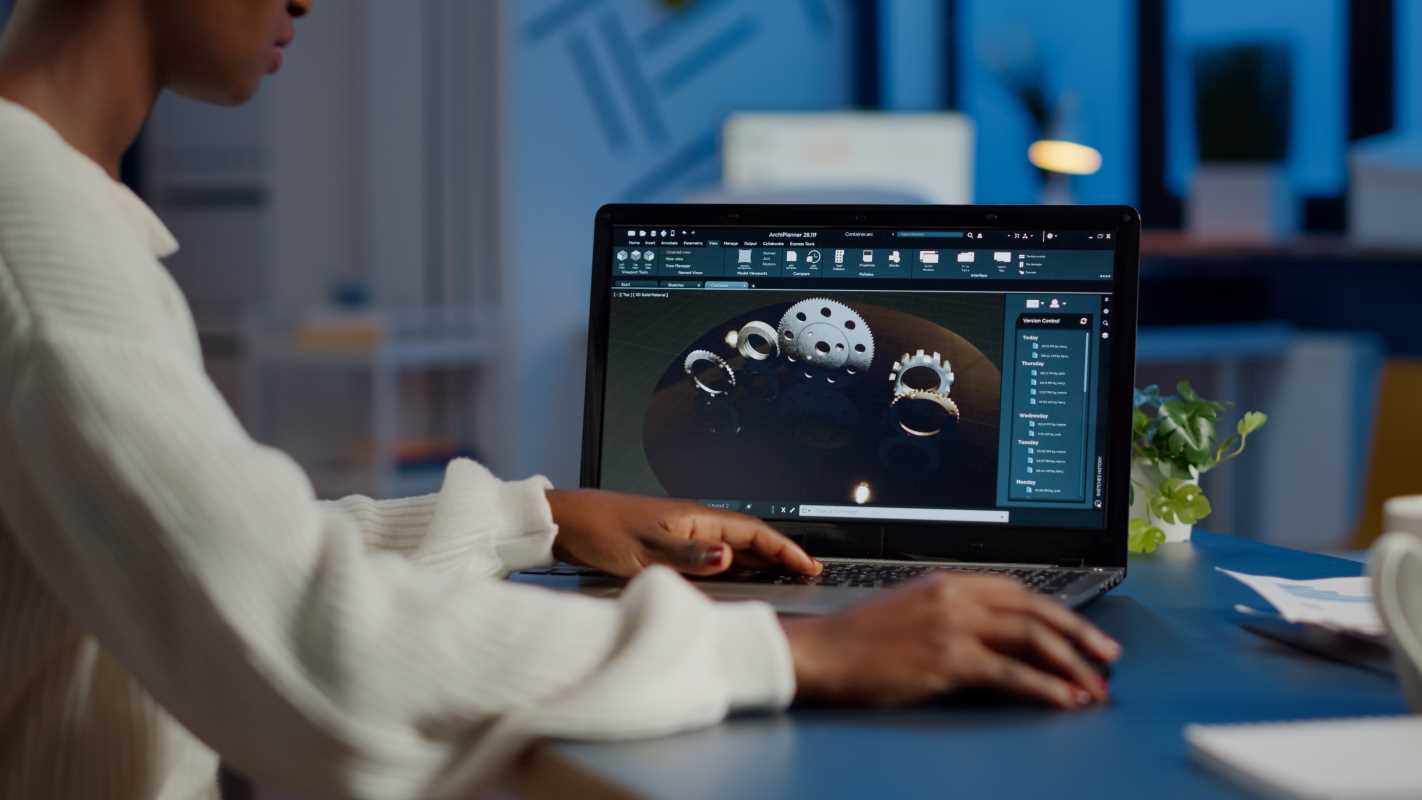Embarking on the path of a product designer brings a thrilling mix of creativity and innovation. At the heart of distinguishing yourself in this competitive field lies a robust portfolio. This essential tool not only highlights your unique skills but also demonstrates your capacity to evolve with the dynamic world of design. A well-constructed portfolio serves as a testament to your adaptability and growth, capturing the essence of your journey and potential. Dive into the process of crafting a portfolio that remains relevant and impactful, ensuring that your work continues to resonate and impress over time.
Why a Future-Proof Portfolio Matters
The competitive field of product design requires a future-proof portfolio. It demonstrates your current abilities and your potential to evolve with industry trends. Employers and clients seek designers who can stay relevant, innovate, and tackle new challenges.
A future-proof portfolio shows your versatility and willingness to learn. By including a variety of projects and continuously updating your work, you demonstrate that you are proactive and committed to your craft. This adaptability remains crucial in an industry that constantly embraces new technologies and methodologies.
Essential Elements to Include
Creating a standout portfolio involves key components that provide a comprehensive view of your abilities and experiences. Here are the critical elements you should incorporate:
- Contact Information: Make it easy for potential employers or clients to reach you by including your email, phone number, and links to professional profiles like LinkedIn or Behance.
- Project Showcases: Highlight your best work with detailed descriptions, visuals, and the role you played in each project. Include a mix of different types of projects to demonstrate your range.
- Personal Biography: Share a brief introduction about yourself, your design philosophy, and what drives you in the field of product design. This adds a personal touch to your portfolio.
- Skills and Expertise: Clearly list your technical skills, such as proficiency in design software, as well as soft skills like teamwork and problem-solving.
- Case Studies: Dive deeper into specific projects with case studies that explain your design process, challenges faced, and how you overcame them. This provides insight into your problem-solving abilities.
Showcasing Skills Effectively
To effectively display your skills, go beyond simply listing them. Here are some practical ways to highlight your expertise through your portfolio:
- Detailed Project Descriptions: For each project, include a narrative that explains your role, the objectives, and the outcomes. This helps viewers understand your contributions and thought process.
- Visual Storytelling: Use images, mockups, and prototypes to tell the story of your projects visually. High-quality visuals can make your work more engaging and easier to grasp.
- User-Centered Design Examples: Include projects that demonstrate your ability to focus on user needs and create intuitive designs. Show how you conduct user research and incorporate feedback.
- Interactive Elements: If possible, add interactive elements or links to live projects. This allows viewers to experience your designs in action and assess their functionality.
- Diverse Project Types: Showcase a variety of projects, such as mobile apps, websites, and physical products, to illustrate your versatility and ability to handle different design challenges.
Common Mistakes to Avoid
While building your portfolio, steer clear of these common pitfalls that can undermine your efforts:
- Overcrowding with Too Much Content: Avoid including every project you've ever worked on. Instead, select your best work that truly represents your skills and style.
- Poor Organization and Navigation: Ensure that your portfolio is easy to navigate with a clear structure. A disorganized portfolio can frustrate viewers and make it hard to find important information.
- Lack of Context or Details: Simply displaying images without context can leave viewers confused. Always provide explanations of your role and the project objectives.
- Ignoring Mobile Responsiveness: With many users accessing portfolios on mobile devices, ensure your portfolio is responsive and looks great on all screen sizes.
- Outdated Information: Regularly update your portfolio to reflect your latest work and skills. An outdated portfolio can give the impression that you're not actively engaged in your field.
Maintaining Relevance
To keep your portfolio current and aligned with industry trends, adopt these practices:
Schedule regular time to review your portfolio and add new projects that showcase recent skills and achievements. Remove older work that no longer represents your current capabilities or design direction. Staying informed about the latest design trends and incorporating them into your portfolio demonstrates your commitment to staying ahead in the field.
Seek feedback from peers or mentors to get fresh perspectives on your portfolio. Continuously refining your portfolio based on constructive criticism helps you identify areas for improvement and keeps your work polished and professional.
Crafting a future-proof portfolio is essential for advancing your career as a product designer, so focus on showcasing your best work and keeping it updated.







